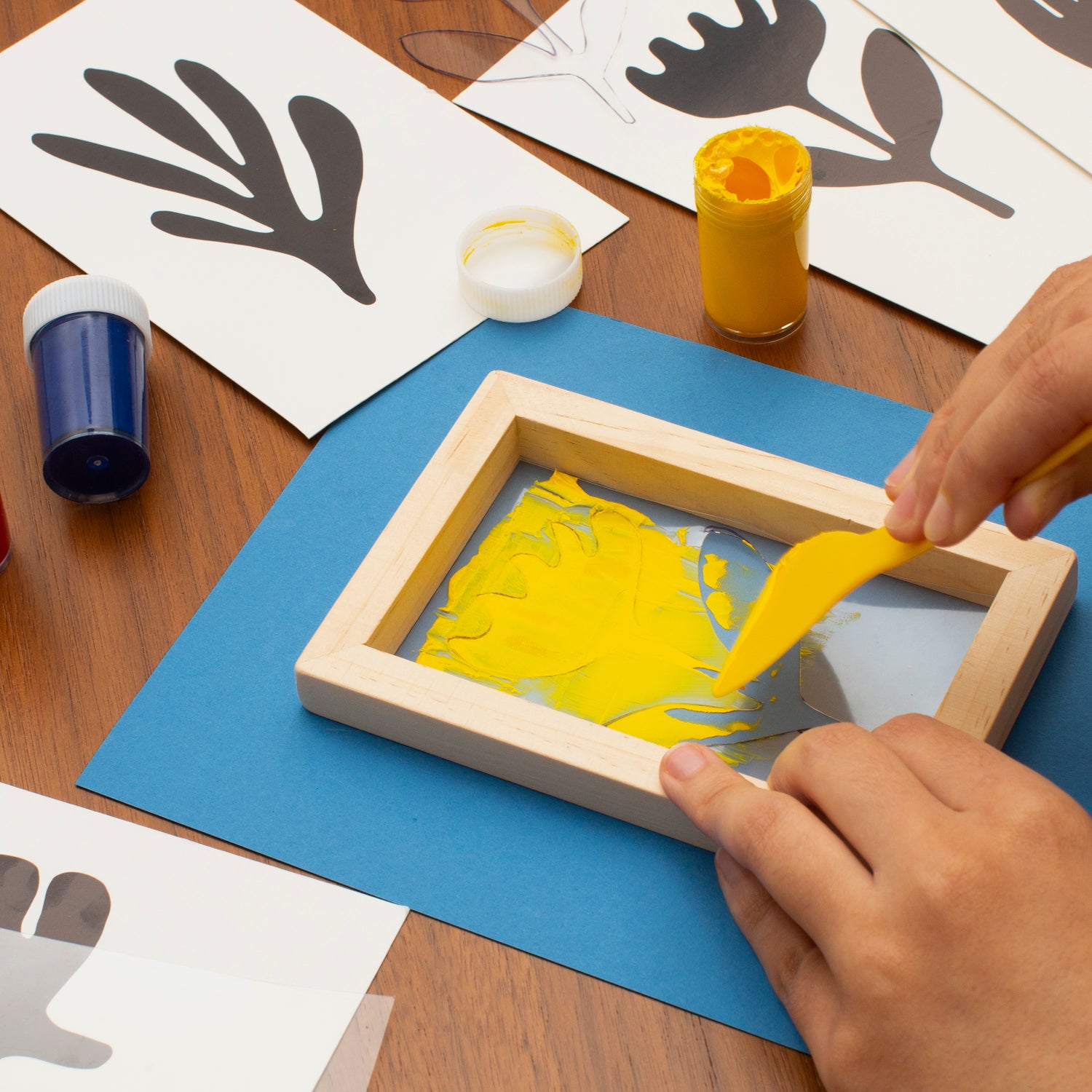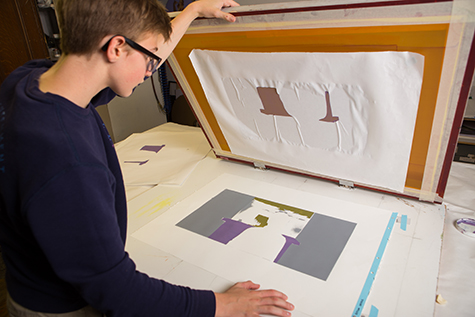The Vital Guide to Recognizing Screen Printing and Its Versatile Uses
Screen printing has an abundant background that goes back to ancient times, progressing into a sophisticated technique made use of throughout different markets today. This guide explores the complexities of the screen printing procedure, describing its applications in advertising, home, and style style - 10:9 Design Screen Printing. Understanding these fundamentals can open up innovative possibility for both business and imaginative jobs. The complying with sections will certainly reveal vital suggestions and strategies to improve one's screen printing ventures
The History of Screen Printing
Although screen printing has roots that map back centuries, its evolution mirrors the artistic and technical advancements of numerous societies. Originating in ancient China, the technique was originally made use of for decorating fabrics and later infect Japan, where it became essential to Ukiyo-e woodblock printing. The method shifted to Europe in the 18th century, where it got appeal among artisans and industrial printers. The creation of photo emulsion in the 20th century reinvented screen printing, permitting more detailed layouts and better performance. Artists like Andy Warhol even more thrust its appeal, making use of the tool to create legendary works that blended commercialism and art. By the late 20th century, screen printing had established itself as a functional strategy, utilized in style, marketing, and fine art. Today, it proceeds to progress, integrating digital innovation and broadening its applications across numerous industries.
The Screen Printing Process Explained
Screen printing changes artistic visions right into tangible styles through a series of specific steps. Originally, an image is produced and afterwards transferred onto a screen, typically made from great mesh fabric stretched over a framework. A light-sensitive solution is applied to the screen, which is subjected to light, setting in locations not covered by the picture. After washing out the unhardened solution, a stencil is developed.
Next, the screen is positioned over the substrate, whether it be fabric, paper, or an additional material. Ink is after that pressed through the open locations of the stencil utilizing a squeegee, transferring the layout onto the substratum below. This procedure can be repeated for numerous shades, requiring separate screens for each shade. The published item is cured utilizing warmth to guarantee the ink adheres appropriately, resulting in a durable, lively layout all set for usage.
Kinds of Screen Printing Techniques

In addition, specialized techniques, such as discharge screen printing, get rid of color from the material to develop softer prints, while foil screen printing applies metal aluminum foil to accomplish a shiny coating (10:9 Design Screen Printing). Each strategy uses distinct characteristics, accommodating numerous innovative needs and manufacturing scales, eventually expanding the opportunities within the screen printing domain
Applications of Screen Printing in Numerous Industries

Additionally, the signage and advertising and marketing sectors use screen printing for developing captivating display screens and banners. This technique permits bold shades and detailed designs that capture interest. In electronic devices, screen printing is employed for applying conductive inks to circuit card, essential for element links. Furthermore, the home design market embraces screen printing to create distinct designs on textiles and wall surface art. On the whole, screen printing serves as a critical tool throughout varied areas, enhancing items with individualized and aesthetically appealing graphics.
Tips for Effective Screen Printing Projects
While undertaking a screen printing job, cautious interest to detail can significantly boost the last outcome. First, selecting premium products is crucial; this includes the screen, inks, and substrates. Making use of proper mesh counts click here can influence ink deposition and information resolution. Preparation is similarly important; complete cleaning of screens and proper exposure times assure crisp prints.
Next, exact enrollment is vital for multi-color prints. Utilizing placement tools can help attain accurate layering. In addition, testing prints on scrap products prior to manufacturing helps recognize prospective concerns without squandering sources.

Often Asked Questions
What Materials Are Best for Screen Printing on Fabric?
Cotton and polyester blends are excellent for screen printing on material due to their resilience and ink absorption. In addition, specialized materials like silk or canvas can produce special textures and finishes, boosting the general layout quality.
Just how Do I Tidy and Maintain Screen Printing Equipment?
To preserve and clean up screen printing tools, one ought to frequently clean screens with appropriate solvents, check squeegees for wear, lube moving parts, and shop all things in a dry, dust-free setting to extend their lifespan.
What Are the Ecological Impacts of Screen Printing?
Screen printing can have substantial environmental influences, including chemical waste from solvents and inks, water usage throughout cleaning procedures, and energy usage. Sustainable methods and eco-friendly materials are necessary for lessening these negative impacts.
Can Screen Printing Be Done in the house Efficiently?
Screen printing can be properly done at home with the ideal products and techniques. Hobbyists can produce quality prints, though success depends on their ability level, devices, and understanding of the process included.
What Are the Expenses Connected With Beginning a Display Printing Service?

Starting a screen printing business entails expenses for equipment, products, and workspace. First costs usually range from a couple of hundred to several thousand bucks, depending upon the range, high quality of machinery, and wanted production ability.
Screen printing has a rich background that dates back to ancient times, advancing into an innovative method made use of across numerous industries today. An additional technique, rotating screen printing, employs round displays, assisting in continuous printing on material rolls, thereby improving performance for massive manufacturings. Additionally, specialized strategies, such as discharge screen printing, eliminate color from the material to develop softer prints, while foil screen printing uses metal foil to attain a shiny surface. In the style market, screen printing is extensively used to produce vivid designs on clothing, making it possible for brands to showcase their one-of-a-kind styles. Cotton and polyester blends are ideal for screen printing on material due to their resilience and ink absorption.